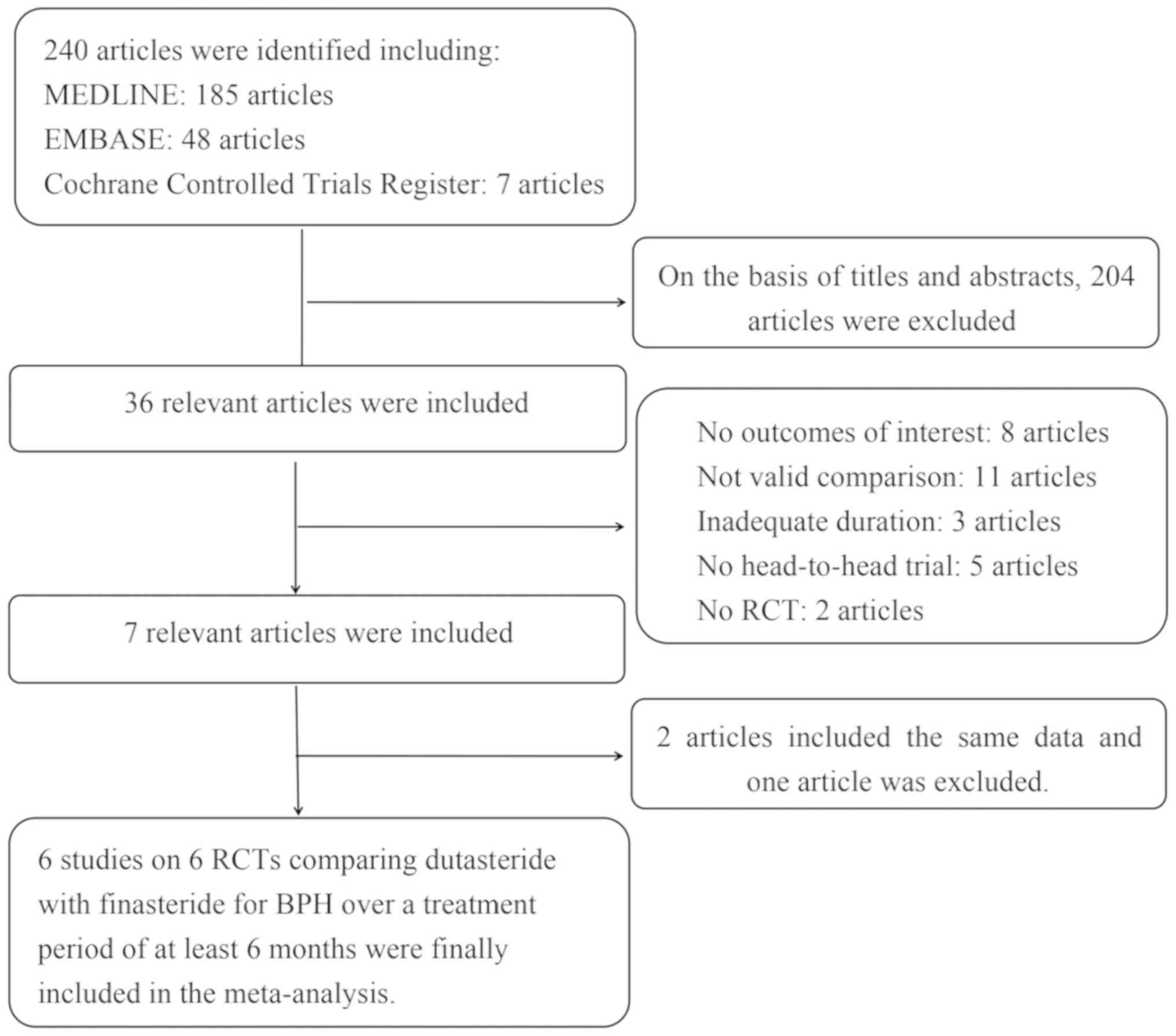Diagnosis and Management of Benign Prostatic Hyperplasia for Beginners

The Basic Principles Of Benign Prostatic Hyperplasia (BPH) - Department of Urology
Summary The male urinary system, including the prostate. What is benign prostatic hyperplasia (BPH)? Benign prostatic hyperplasia (BPH) is a condition in which the prostate, a walnut-sized body part made from glandular and muscular tissue, grows in size. The prostate surrounds part of the urethra, which is the tube that carries urine and sperm out of the body.

Guidelines for the Treatment of Benign Prostatic Hyperplasia
The prostate is located straight underneath the bladder and in front of the anus. The urethra passes through the prostate, so if the prostate ends up being enlarged, it can keep urine or semen from going through the urethra. The main function of the prostate is to produce fluid for the semen, the milky fluid in which sperm swims.
During puberty, testosterone promotes the growth and function of the prostate, and helps with the production of fluid for semen. How common is benign prostatic hyperplasia (BPH)? BPH is the most common prostate issue in guys. Practically all guys will establish some enhancement of the prostate as they grow older.
How Benign Prostatic Hyperplasia — Medical and Minimally can Save You Time, Stress, and Money.
About half of these males will establish symptoms that need to be treated. Does having benign prostatic hyperplasia (BPH) increase the threat of prostate cancer? Based upon research to date, having BPH does not appear to increase the risk of establishing prostate cancer. Nevertheless, BPH and prostate cancer have comparable symptoms, and a male who has BPH might have unnoticed cancer at the same time.
They also suggest that males who are at high danger such as African-American men and guys who have a family history of prostate cancer begin screening at age 40. Screening tests for prostate cancer include a blood test for a substance called prostate-specific antigen (PSA) and the digital rectal test (DRE).

Benign Prostatic Hyperplasia Treatment Market - By Type, Surgical Treatment, End User - Global Forecast to 2026 - MarketsandMarkets™
Therefore, you may establish early symptoms of BPH: Slowness or dribbling of your urinary stream. Hesitancy or trouble beginning to urinate. Go Here For the Details . Feeling of urgency (abrupt need to urinate). Need to get up in the evening to urinate. Pain after ejaculation or while urinating. Urine that looks or smells "funny" (for example, it's a various color).

Some Known Facts About Benign Prostatic Hyperplasia (BPH) - Duke Health.
If left neglected BPH can block the urethra even more triggering signs to worsen, you might develop: If you have any of these signs, see your doctor right away: Discomfort in the location of the lower abdomen or genital areas while urinating. Can't urinate at all. Pain, fever and/or chills while urinating.
